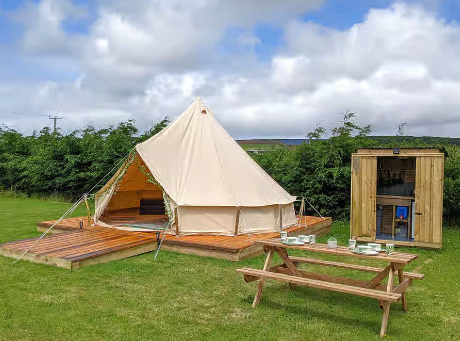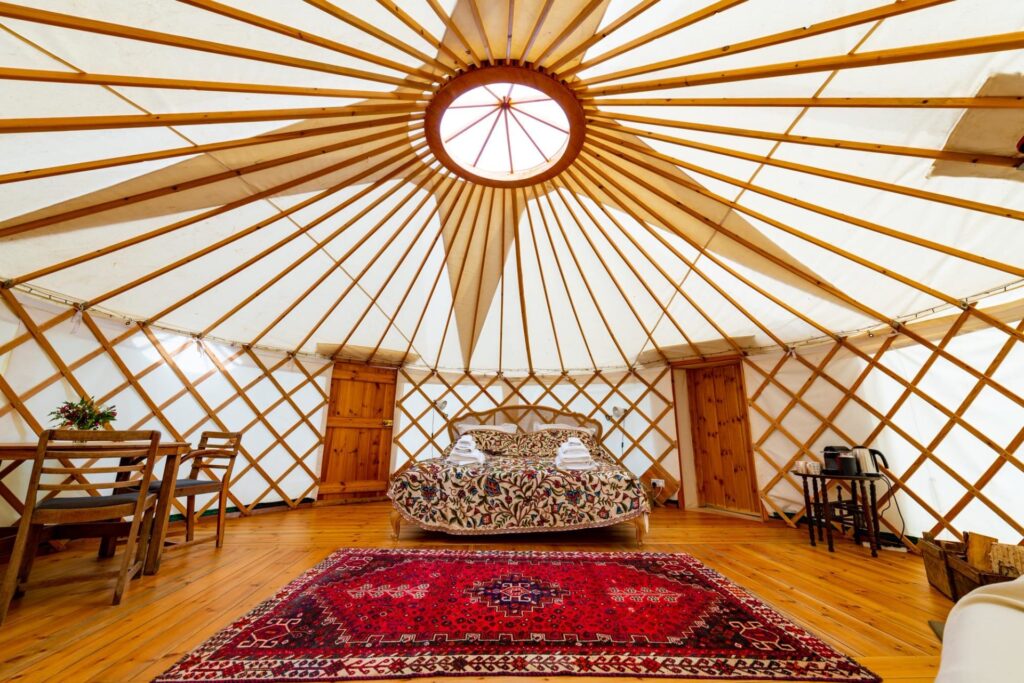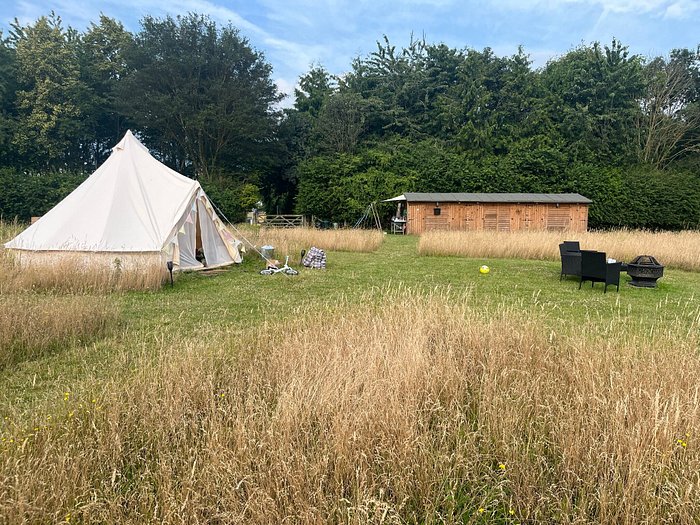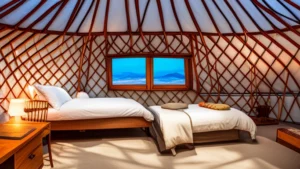Yurt and bell tents are great value seasonal holidays in the UK. These are often at unique sites where other accommodation isn’t possible. Stay in quiet
Popular Locations For Bell & Yurt Tent Holidays
Why Choose A Yurt Tent Holiday?
Staying in a yurt tent is an ideal summer holiday for many reasons. Firstly, yurts provide a unique and cozy accommodation that is perfect for appreciating the great outdoors. The thick felt walls and roof offer insulation to keep you cool on hot summer days and warm at night. Yurts are spacious enough for the whole family with room to relax after a busy day of activities, yet still feel connected to nature through the central skylight and large windows.
Another advantage is flexibility. Yurts can be set up in remote locations like forests or farms, providing seclusion and easy access to hiking trails and natural scenery. At the same time, many campsites have luxury yurts featuring comfy beds and furniture so you can enjoy some comforts while camping. This allows you to experience nature without roughing it too much.
A summer holiday in a yurt also encourages outdoor fun for the whole family. Campfire cooking, stargazing, and wildlife spotting are all easily accessible. There are often fun outdoor activities available too like horseback riding, fishing, or river tubing. Kids will love exploring and having adventures.
With the unpredictable weather in the UK, a yurt provides sturdy shelter from summer showers while still allowing you to enjoy the fresh air. Spending time together in nature, disconnected from technology and everyday stresses, makes a yurt the ideal wholesome yet exciting summer holiday.
Frequently Asked Questions
This section explores some of the most common queries about the differences between bell tents and yurts, as well as the distinct features that define each tent type.
How do bell tents contrast with traditional camping tents in terms of structure and functionality?
Bell tents have a distinctive shape due to a central pole that supports the canvas, giving them a high ceiling and ample interior space. This structure differs from traditional camping tents which often have a more angular shape and rely on a framework of poles. The central pole design allows for easier setup and a spacious interior, making bell tents functional for a comfortable glamping experience.
In what ways do yurts and teepees differ with regard to their design and cultural origins?
Yurts have a circular structure with a wooden frame and a felt or fabric covering, rooted in Central Asia’s nomadic traditions. Teepees, on the other hand, feature a conical shape made of poles covered with animal skins or canvas, originating from the indigenous peoples of North America. The design specifics of yurts and teepees serve different cultural purposes and climates, reflecting their unique heritages.
What considerations should be taken into account when purchasing yurts?
When considering a yurt purchase, factors such as the strength of the framework, the quality of the cover materials, and the inclusion of weather-resistant features are important. Potential buyers should also take into account the yurt’s size, the available options for customisation, and practicality in varied climate conditions.
What are the defining characteristics of a bell tent?
A bell tent is recognized by its bell-shaped profile and single-pole structure, which creates a large, open living area. It usually has sides that can be rolled up to allow airflow, and the canvas material offers a sturdy shelter that can withstand different weather conditions.
How does the durability of canvas tents compare to other types of tents available on the market?
Canvas tents are known for their durability and breathability, capable of withstanding harsh weather conditions better than many synthetic tents. They provide a reliable, sturdy shelter, which, with proper care, can last for many years, setting them apart from their less durable counterparts.
What are the main features to look for in an outfitter tent intended for extended outdoor use?
For extended outdoor use, an outfitter tent should have a robust construction, weather-resistant materials, and a design that can accommodate heating and cooling systems. Features such as a heavy-duty groundsheet, reinforced seams, and a high-quality canvas are essential for long-term durability and comfort.




